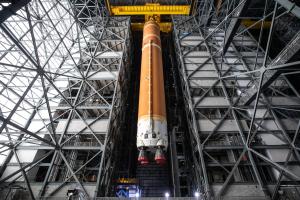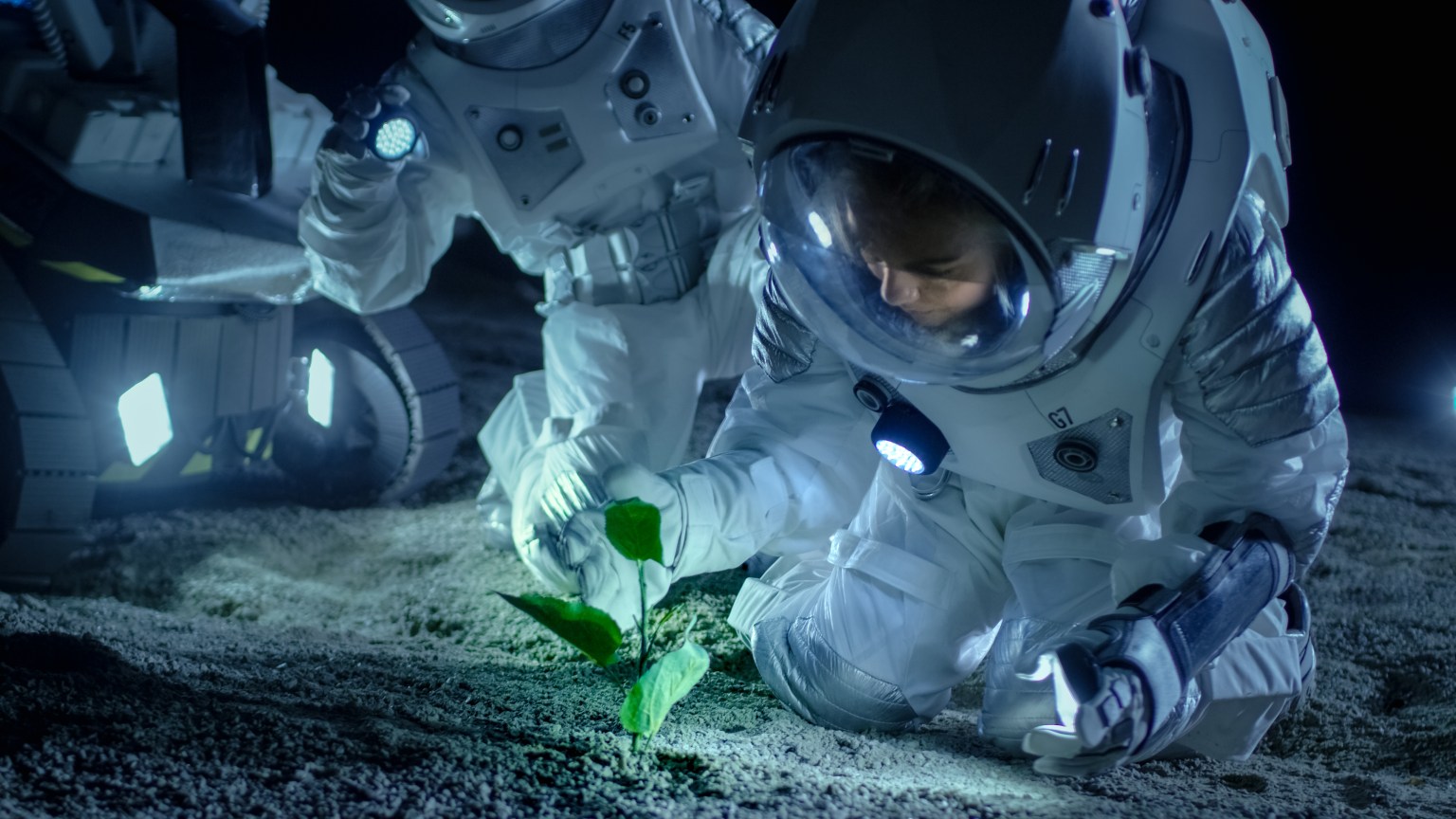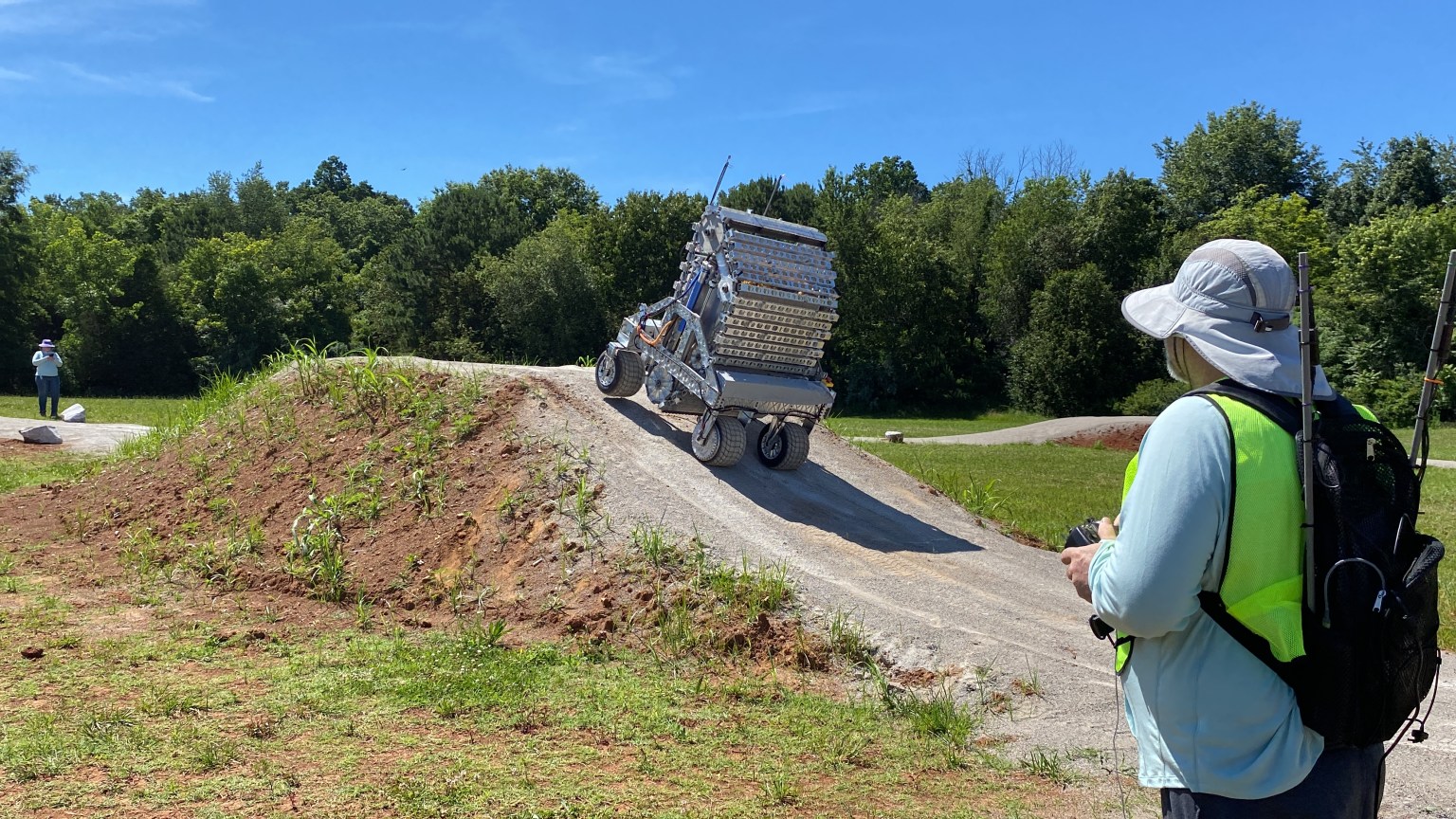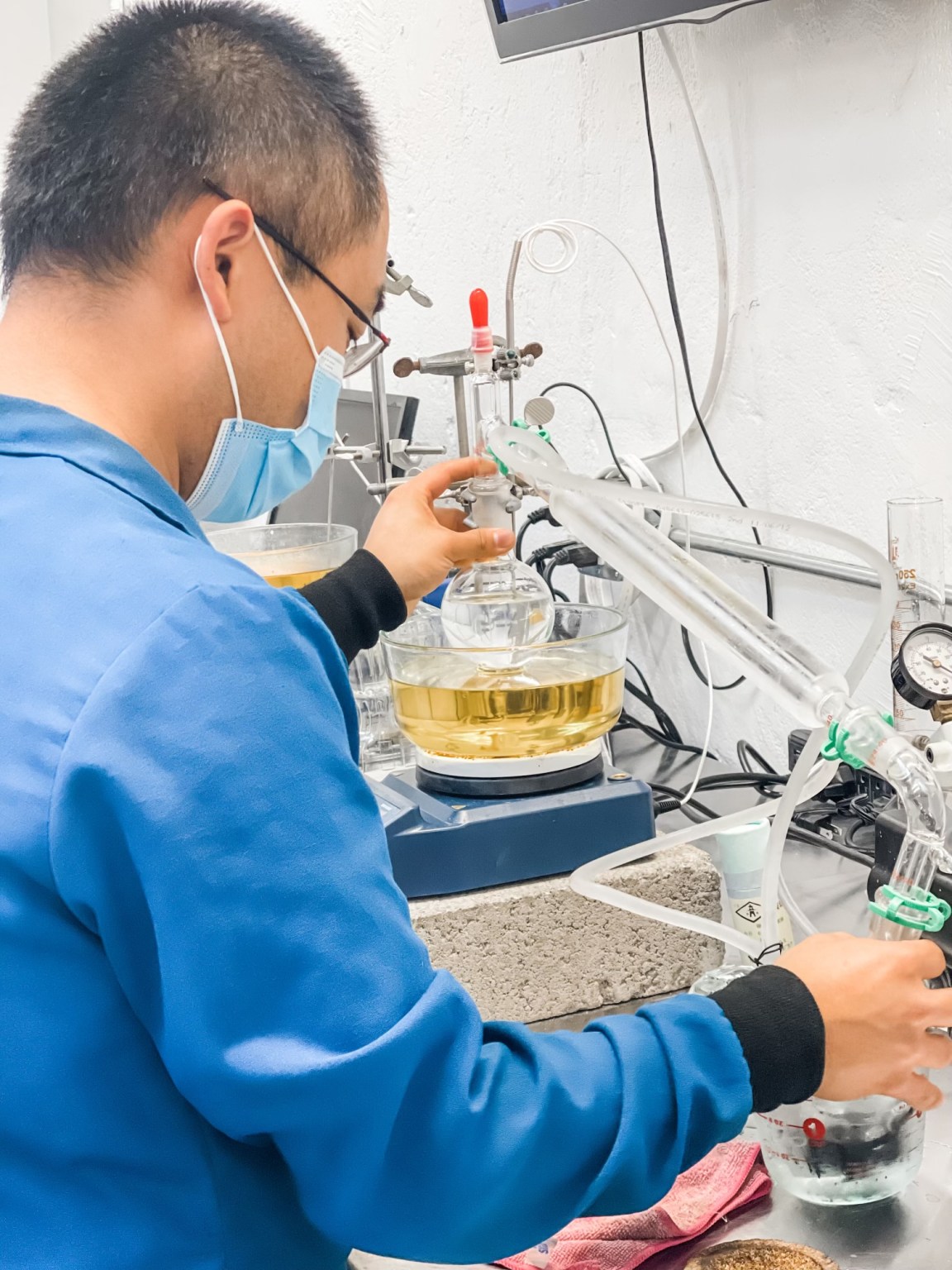NASA will announce the winners of the final phase of its Break the Ice Lunar Challenge on Wednesday, June 12 at Alabama A&M University’s (AAMU) Agribition Center in Huntsville, Alabama. The challenge aims to develop new technologies that could support a sustained human presence on the Moon by the end of the decade.
Media and the public are invited to watch the six finalists test their robots in live competitions. Opening remarks from NASA’s Marshall Space Flight Center leadership in Huntsville will begin at 8 a.m. CDT on Tuesday, June 11. Teams will compete from 8:30 a.m. to 4 p.m. each day during the two-day event, with the winner announcement at 5 p.m. in a ceremony on June 12 at the Agribition Center.
Media interested in covering the event should confirm their attendance with Jonathan Deal by 3 p.m. Monday, June 10, at jonathan.e.deal@nasa.gov.
Each team will focus on mastering two components during the two-day event: excavation and transportation. Six identically sized concrete slabs, measuring about 300 cubic feet, will be placed inside the arena for the finalists’ robots to dig. The slabs will have qualities like the icy regolith found in permanently shadowed craters at the Moon’s South Pole. A gravity-offloading crane system will apply the counterweights on the excavating robots to simulate the one-sixth gravity experienced on the Moon.
Each team will have one hour to dig as much material as possible or until they reach the payload capacity of their excavation robot. Up to three top-performing teams can test their solution inside one of NASA Marshall’s thermal vacuum chambers, which can simulate the temperature and vacuum conditions at the lunar South Pole.
Outside the Agribition Center, challenge teams will take turns on a custom-built track outfitted with slopes, boulders, pebbles, rocks, and gravel to simulate the lunar surface. This volatile surface will stretch approximately 300 meters and include several twists and turns for more intermediate handling. Each team will get one hour on the track to deliver a payload and return to the starting point. Times, distances, and pitfalls will be recorded independently.
After this event, the first-place winner will receive $1 million, and the second-place winner will receive $500,000.
The awards ceremony will be livestreamed on Marshall YouTube and NASA Prize Facebook.
Since 2020, competitors have worked to design, build, and test icy regolith excavation and transportation technologies for near-term lunar missions that address key operational elements and environmental constraints. The six finalists who succeeded in Phase 2: Level 2 of the challenge were announced in December 2023.
On Earth, the mission architectures developed in this challenge aim to help guide machine design and operation concepts for future mining and excavation operations and equipment for decades.
Located a few miles east of the AAMU campus, the Agribition (“agriculture” plus “exhibition”) Center is managed by the Alabama Cooperative Extension System with support from AAMU and its College of Agricultural, Life, and Natural Sciences.
The Break the Ice Lunar Challenge is a NASA Centennial Challenge led by the agency’s Marshall Space Flight Center, supported by NASA’s Kennedy Space Center in Florida. Centennial Challenges are part of the Prizes, Challenges, and Crowdsourcing program led by NASA’s Space Technology Mission Directorate and managed at NASA Marshall. Ensemble Consultancy supports the management of competitors for this challenge.
Learn more about Break the Ice.
Jonathan Deal
Marshall Space Flight Center, Huntsville, Ala.
256-544-0034
jonathan.e.deal@nasa.gov



































